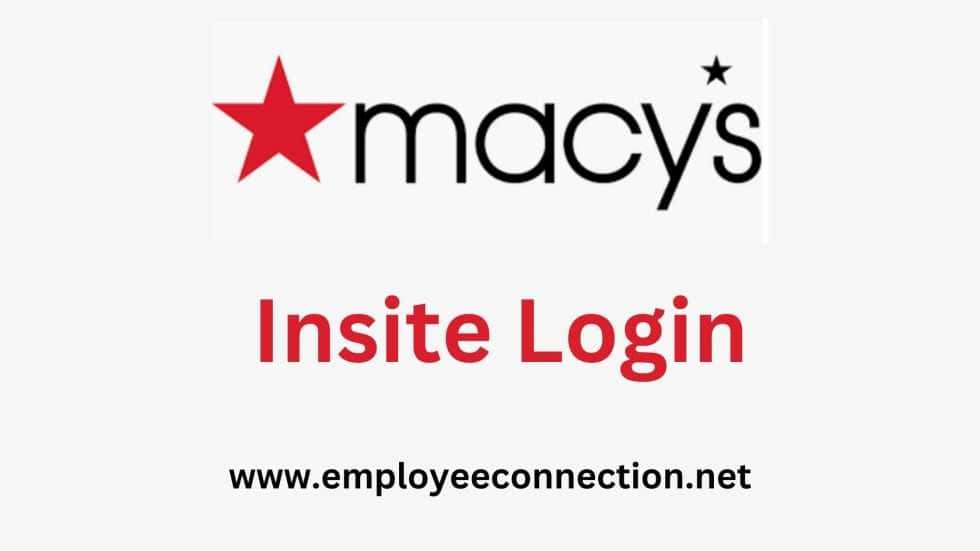The Ethereum network has seen tremendous growth over the past few years, attracting developers, users, and investors alike with its promise of decentralized applications (dApps) and smart contracts. However, this surge in popularity has also brought to light the scalability limitations of the network, leading to high gas fees and slow transaction times during periods of high demand. Enter Arbitrum, a layer 2 scaling solution that aims to address these issues while maintaining the security and decentralization that Ethereum is renowned for.
At the heart of Arbitrum lies the Arbitrum Bridge, a crucial component that facilitates the seamless transfer of assets between the Ethereum mainnet and the Arbitrum layer 2 chain. This bridge serves as a gateway, enabling users to move their Ether (ETH) and ERC-20 tokens back and forth between the two networks, unlocking the benefits of Arbitrum’s scalability and low transaction costs.
How the Arbitrum Bridge Works
The Arbitrum Bridge like offered by Defi Way leverages the concept of optimistic rollups, a layer 2 scaling solution that batches and executes transactions off the Ethereum mainnet while relying on the mainnet for data availability and security. This approach allows Arbitrum to achieve high throughput and low fees while inheriting the robust security guarantees of the Ethereum network.
When users want to transfer assets from the Ethereum mainnet to the Arbitrum chain, they initiate a deposit transaction through the Arbitrum Bridge. This transaction is processed on the Ethereum mainnet, and the deposited assets are locked in a smart contract on the mainnet. Once the deposit is confirmed, a corresponding amount of tokens is minted on the Arbitrum chain, representing the user’s assets within the layer 2 ecosystem.
Conversely, when users wish to withdraw assets from Arbitrum back to the Ethereum mainnet, they initiate a withdrawal transaction on the Arbitrum chain. This transaction is processed and validated by the Arbitrum network, and a corresponding exit transaction is submitted to the Ethereum mainnet. After a challenge period, during which the transaction can be disputed if it is found to be invalid, the withdrawal is finalized, and the user’s assets are unlocked on the Ethereum mainnet.
The Arbitrum Bridge employs a unique dispute resolution mechanism called the Arbitrum Virtual Machine (AVM). This mechanism ensures the integrity and validity of transactions on the Arbitrum chain by allowing anyone to challenge and potentially reject invalid transactions. If a challenge is successful, the offending transaction is rolled back, and the challenger is rewarded with a portion of the transaction fees.
Benefits of the Arbitrum Bridge
1. Scalability: By offloading transaction execution and computation to the Arbitrum layer 2 chain, the Arbitrum Bridge enables significantly higher throughput and lower transaction fees compared to the Ethereum mainnet. This scalability empowers developers to build more complex and demanding dApps without the constraints of the mainnet’s limitations.
2. Security: Despite operating as a layer 2 solution, Arbitrum inherits the robust security guarantees of the Ethereum mainnet. The Arbitrum Bridge ensures that all transactions on the Arbitrum chain are backed by the mainnet’s security and consensus mechanisms, providing users with the same level of trust and decentralization as the Ethereum network.
3. Interoperability: The Arbitrum Bridge facilitates seamless interoperability between the Ethereum mainnet and the Arbitrum layer 2 chain. Users can freely move their assets between the two networks, enabling them to take advantage of the benefits of both ecosystems without sacrificing liquidity or accessibility.
4. Developer Ecosystem: By providing a scalable and low-cost environment for dApp development, the Arbitrum Bridge has attracted a vibrant ecosystem of developers and projects. This ecosystem fosters innovation and drives the creation of new decentralized applications, further enriching the Ethereum ecosystem as a whole.
Challenges and Considerations
While the Arbitrum Bridge offers significant advantages, it is important to acknowledge and address some of the challenges and considerations associated with its implementation and adoption.
1. Trust Assumptions: As with any layer 2 scaling solution, the Arbitrum Bridge requires users to trust the integrity and correct operation of the Arbitrum network and its validators. While the security of the mainnet is inherited, users must have confidence in the layer 2 system’s ability to accurately and transparently process transactions.
2. Withdrawal Delays: Withdrawals from the Arbitrum chain back to the Ethereum mainnet are subject to a challenge period, which can introduce delays in the withdrawal process. This delay is a necessary trade-off to ensure the security and validity of transactions, but it may pose challenges for time-sensitive use cases or applications that require instant finality.
3. Adoption and Ecosystem Growth: While the Arbitrum Bridge has gained traction within the Ethereum community, its long-term success will depend on widespread adoption by developers, users, and projects. Encouraging ecosystem growth and fostering a vibrant developer community will be crucial for the continued evolution and scalability of the Arbitrum solution.
4. Integration Complexity: Integrating dApps and services with the Arbitrum Bridge may introduce additional complexity for developers, requiring them to handle cross-chain interactions, bridge operations, and potential compatibility issues. Providing robust documentation, tooling, and developer resources will be essential to streamline the integration process and lower the barrier to entry.
Despite these challenges, the Arbitrum Bridge represents a significant step forward in addressing the scalability limitations of the Ethereum network. As the demand for decentralized applications continues to grow, solutions like Arbitrum will play a crucial role in ensuring the sustainability and widespread adoption of the Ethereum ecosystem.
Conclusion
The Arbitrum Bridge is a remarkable achievement in the realm of Ethereum scaling, offering a secure and efficient way to unlock the potential of the Ethereum network. By facilitating the seamless transfer of assets between the mainnet and the Arbitrum layer 2 chain, this bridge enables users and developers to leverage the benefits of scalability, low transaction costs, and high throughput, while retaining the security and decentralization that Ethereum is renowned for.
As the Ethereum ecosystem continues to evolve and expand, the Arbitrum Bridge stands as a testament to the ingenuity and innovation of the blockchain community. With its unique approach to scaling and dispute resolution, it paves the way for a future where decentralized applications can thrive, unhindered by the limitations of the past.






